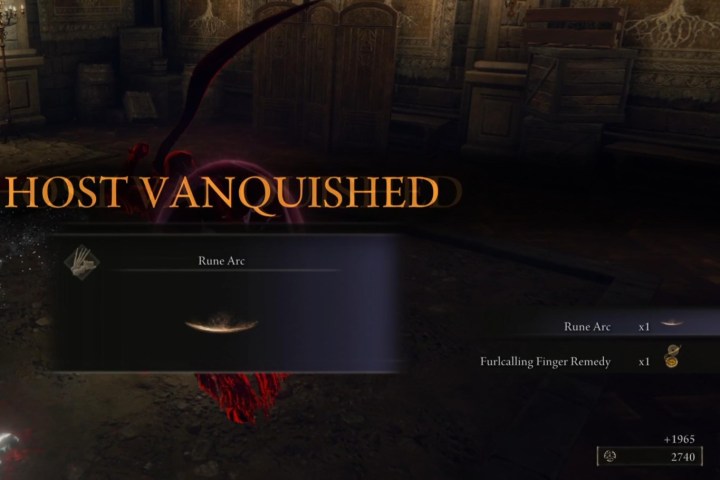Like everything else developed by FromSoftware, Elden Ring is painfully difficult. It’ll take you hundreds of hours to discover everything it has to offer, and unless you’re a grizzled veteran, you’ll likely hit the “Game Over” screen thousands of times before your journey in the Lands Between comes to an end.
One way to help even the odds is by using Rune Arcs — a consumable item that lets you access Great Runes. You’ll first need to unlock Great Runes to start properly using Rune Arcs, but once that’s taken care of, you’ll notice a big boost in your abilities.
That all might sound a bit confusing, but the process by which Rune Arcs works is surprisingly simple. Best of all, you can find them in a variety of locations, making it easy to fill your inventory and unlock the abilities of your preferred Great Rune.
If you’re looking to survive the unforgiving Lands Between, here’s a look at how to find and use Rune Arcs in Elden Ring.
What are Rune Arcs in Elden Ring

Even if you’ve just started playing Elden Ring, you’ve probably found a handful of these mysterious items and are confused as to what they do. Rune Arcs in
For you Dark Souls 3 fans, Rune Arcs are similar to Embers. They also work like Humanity from the first Dark Souls. For the remainder of this article, we’ll refer to cracking a Rune Arc as being “runed” and not having one cracked as being “unruned.”

In the image above, you can see what your HP, FP, and Stamina meters look like when you’re runed. When you crack a Rune Arc in Elden Ring, you’ll see the Great Rune icon glowing next to your HP. When unruned, that icon appears dull. You’ll lose your Great Rune ability if you die, requiring you to use another Rune Arc to get it back. In a game like
Here’s a quick Rune Arc tip to keep in mind: In Dark Souls 3, you could restore your HP by cracking an Ember, which was helpful during boss fights if you ran out of Estus. Unfortunately, that little trick doesn’t work in Elden Ring. You’ll get the max HP boost, but you won’t recover any HP.
How to use Rune Arcs in Elden Ring
To use Rune Arcs in Elden Ring, open up your inventory and find them among your flasks under the tools tab. Select and use a Rune Arc to gain the effect of your Great Rune. For example, we have Morgott’s Great Rune equipped, which boosts our overall HP when runed. Our unruned health (at 40 Vigor) is 1,450. When we crack a Rune Arc, our max HP increases to 1,812, about a 25% increase.
You can also add Rune Arcs to your equipment bar, or hotkey them to your pouch. Since they don’t offer any on-the-fly benefits, like a full heal, there’s no reason why you’ll ever need them at a moment’s notice.
We recommended using Rune Arcs right before boss fights, but only after you’ve tried a handful of times. You wouldn’t want to waste one when you’re still learning the boss’s moves. Otherwise, Rune Arcs can help you trudge through molten lava, like in the Gelmir Hero’s Grave near Volcano Manor.
Where to find Rune Arcs in Elden Ring

You can find Rune Arcs through general exploration. They’ll be marked as blue-tinted item pickups, the ones indicating special items. You can also get Rune Arcs in Elden Ring by playing multiplayer. You’ll get a Rune Arc for helping another player defeat a boss in their world or fend off invaders. You can also get Rune Arcs for invading other worlds and killing the Host of Fingers.
The Twin Maiden Husks in Roundtable Hold have five for sale. However, they cost 4,000 runes each. Your runes are better spent elsewhere.
If you’re looking to grind Rune Arcs in Elden Ring by invading other worlds (but ran out of Festering Bloody Fingers), you have some options. You can complete White-Faced Varre’s questline to obtain the reusable Bloody Finger. Alternatively, head to Volcano Manor and complete the first invasion quest to get the Recusant Finger.



